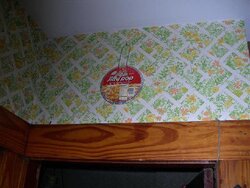How many fire extinguishers do you have and where do you keep them? Does anyone have a rope ladder or other contraption for exiting from second floor....just in case.
I will be purchasing fire extinguishers this week. As of right now I don't have any in the house!!
I will be purchasing fire extinguishers this week. As of right now I don't have any in the house!!


